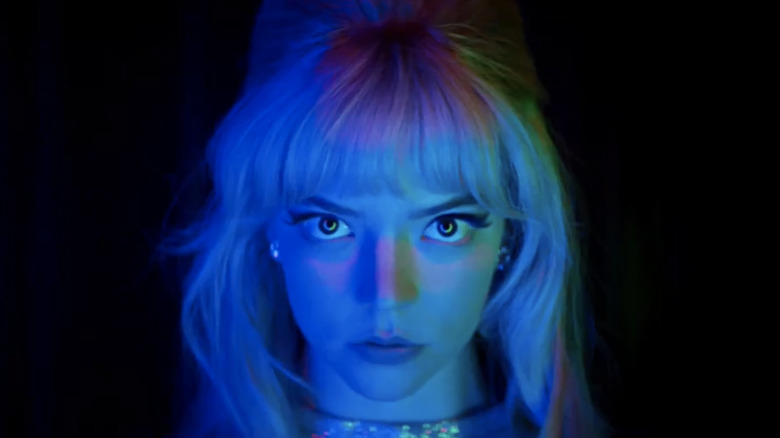
Edgar Wright makes the full-blown leap into horror with "Last Night in Soho," his time-hopping movie starring Thomasin McKenzie and Anya Taylor-Joy. We already have a review of the film right here, but I was lucky enough to also catch a screening at TIFF, and came away inspired enough to share some thoughts. In the grand spectrum of Wright's work, this falls somewhere in the middle. It's slick as hell, full of genuinely unnerving moments, and has plenty to enjoy. But there are also more than a few flaws – it's repetitive as hell, runs about 20 minutes too long, and features a few twists that you're going to see coming a mile away. No matter! I'm here to highlight a few things that I thought were the bee's knees. So here are five things I particularly loved about "Last Night in Soho."
Memorable Direction
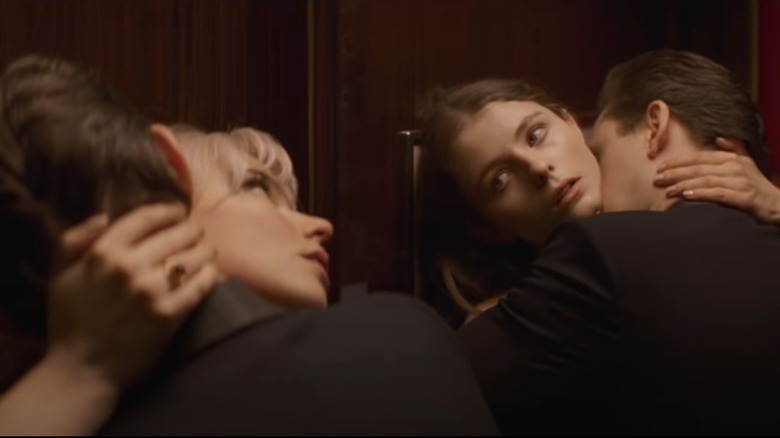
Edgar Wright is a good filmmaker. I don't think that's controversial to say at this point. He's well-versed in crafting killer set-pieces, often edited to perfection against music that sets the rhythm of the scene, sweeping us up as they go along. And that's true again with "Last Night in Soho." The film follows fashion design student Eloise (Thomasin McKenzie), who moves to London for school. After being mocked by her cruel roommate, she ends up moving out and renting an apartment (or bedsit as they call it over there, in between sips of tea). Eloise is obsessed with the 1960s, from the fashion to the music, and one night, she climbs into bed, puts on a record, and then is transported back in time. This is the sequence that made me sit up in my seat, buzzing with Wright's skill on display. To travel back in time, Eloise strolls down a narrow alley in the past and suddenly comes out the other end in the 1960s. Wright shoots this wide, the camera swirling around Thomasin McKenzie as she takes it all in – the sights, the sounds, the landmarks. She makes her way into a nearby club where she suddenly catches her reflection in a mirror. Except it's not her reflection at all – it's that of songbird Sandy (the ever-ethereal Anya Taylor-Joy).
What follows is a segment where we watch Sandy move around the club, and every time she's near a reflective surface (which is pretty much constantly), we see Eloise serving as her reflection. What follows is a swinging bit of filmmaking and editing, where Sandy ends up dancing with smooth operator Jack (Matt Smith). With seamless editing and VFX work, Wright constantly has McKenzie and Taylor-Joy switching places, often in the same shot within seconds. It resulted in me wondering, "I wonder how he did that?", and that's something I haven't wondered about a movie in a long, long time. There's more of this visual trickery throughout the film, but the club sequence is the true show-stopper and a perfect example of what Wright does well.
It's Surprisingly Scary
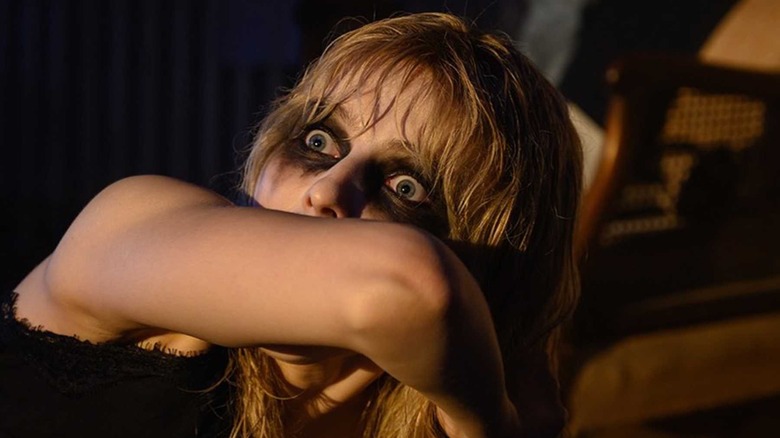
Edgar Wright understands the horror genre. Several of his films have horror/genre elements, but "Last Night in Soho" is his first full-blown horror picture (although there's still some humor). I knew this going in, but I have to admit that I was still taken aback by how scary some of the scenes Wright creates here. I won't give specifics to avoid spoilers, but as Eloise grows more and more unstable due to her connection to the mysterious Sandy, the tension mounts and the horror increases, resulting in several scenes that had the TIFF audience I saw the film with jumping out of their seats. Part of that is due to some great sound design – this movie is loud – but that doesn't make it any less effective. So if you're easily creeped out, be warned!
Thomasin McKenzie
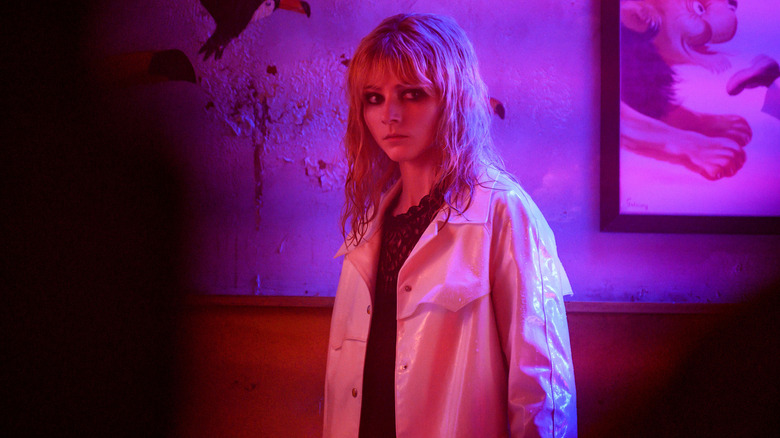
A lot of the attention around "Last Night in Soho" is focused on Anya Taylor-Joy, which isn't surprising. She's quickly become a big star, with a career that continues to skyrocket. However, Taylor-Joy is a supporting player here – she remains off-screen for large chunks of the film. The main star is Thomasin McKenzie, and I'm thrilled that she's been given such a meaty role to sink her teeth into. McKenzie earned rave reviews for her turn in the quiet indie drama "Leave No Trace." Since then, though, she's been landing mostly supporting roles. She even has a small supporting role in another TIFF 2021 movie – "The Power of the Dog." Her biggest part since "Leave No Trace" is arguably in "Jojo Rabbit," and even there, she's not the main character. With "Last Night in Soho," she's finally given another chance to showcase what a remarkable, unique performer she is. Going from quiet and shy to unhinged and downright scary, this is a killer performance, and I can only hope she starts landing more leading parts after the film comes out.
The Music
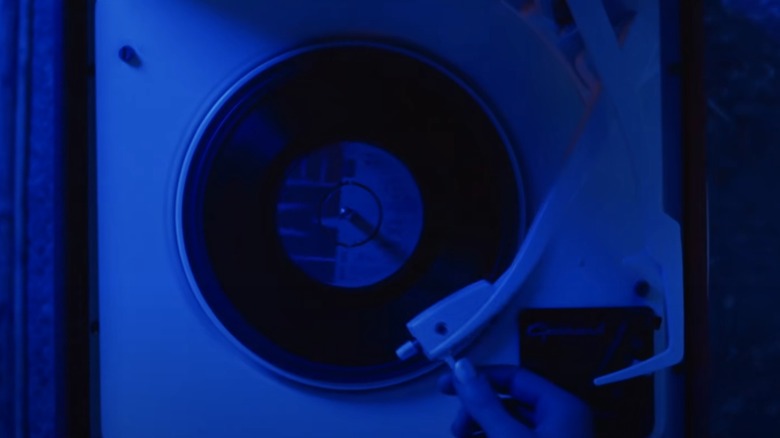
Music plays a big part in Edgar Wright's movies. The Cornetto Trilogy is full of sequences set to pop songs. "Baby Driver" was like a musical with car chases. He just made a documentary about the band the Sparks Brothers. And "Last Night in Soho" keeps that theme going, with wall-to-wall '60s tunes. Constant needle drops can often be distracting, or downright annoying (see: The "Fear Street" Trilogy or "Cruella" for recent not-great examples). But Wright knows just where to put certain songs and how to use them to their full effect. Petula Clark's "Downtown" plays a big part in the film, complete with a scene where Anya Taylor-Joy performs a haunting acapella version of the tune. But that's just the start, and Wright has plenty of killer cuts up his sleeve.
Microfilm Investigations!
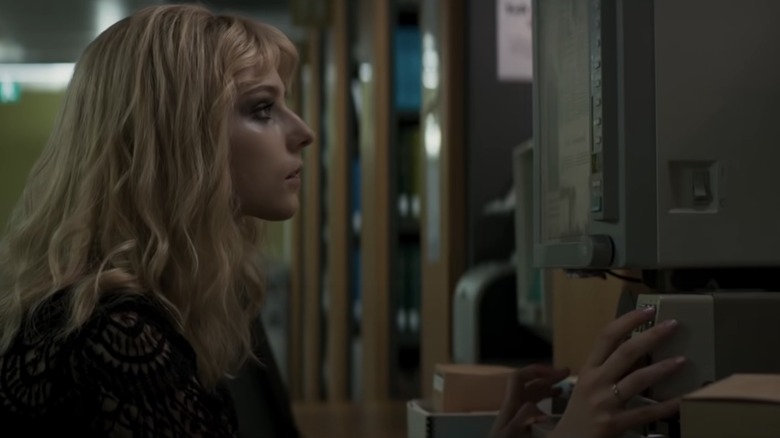
This might seem silly, but my favorite part of "Last Night in Soho" comes late in the film where Eloise sits down to do some research into Sandy and the past. Here, Wright pulls out one of my favorite horror/thriller tropes: the female heroine at a library, scrolling through a microfilm machine and suddenly coming upon shocking/scary/disturbing news. There was a period where it felt like such scenes were ubiquitous with the genre. But we live in a digital age now, and scenes of people using microfilm machines have mostly been replaced with scenes of people using the internet. Perhaps because "Last Night in Soho" is so devoted to the past, Wright went old school here and broke out the microfilm. And you just can't beat the classics, folks. The whir of the machine; the negative image of the newspaper print; the old-timey feel of it all – that all combines to create a mood that would never happen with someone scrolling through Google. And for that, I salute you, Edgar Wright..
Read this next: Last Night In Soho: Release Date, Trailer And More
The post 5 Things to Love About Last Night in Soho [TIFF 2021] appeared first on /Film.
0 Comments